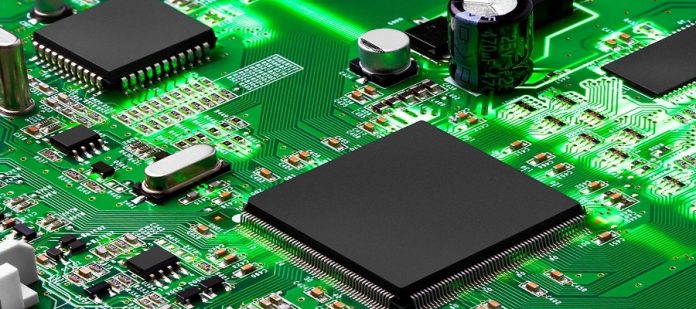Printed Circuit Boards (PCBs) are the backbone of electronic devices, ensuring seamless connectivity and functionality. To guarantee the reliability of these intricate circuits, PCB inspection becomes a critical step in the manufacturing process. In this blog, we’ll delve into the realm of PCB inspection, exploring its significance, methods, techniques, procedures, standards, and the indispensable tools involved.
What is PCB Inspection?
PCB inspection is a meticulous process designed to evaluate the quality, integrity, and functionality of printed circuit boards during the manufacturing or assembly stage. The primary goal is to identify defects, ensure compliance with design specifications, and rectify any issues that might compromise the performance or reliability of the electronic device.
PCB Inspection Methods: A Multifaceted Approach
Several methods are employed for PCB inspection, each catering to specific aspects of quality control. The two main categories are:
1. Visual Inspection:
-
- Manual Inspection: Skilled technicians visually examine the PCB for any physical defects, such as soldering issues, component misalignment, or visible damage.
- Automated Optical Inspection (AOI): Utilizing cameras and image recognition software, AOI scans the PCB for discrepancies, ensuring a swift and thorough examination.
2. Non-Visual Inspection:
-
- X-ray Inspection: Ideal for inspecting internal structures, X-ray machines penetrate the PCB to reveal hidden defects like soldering voids, misalignments, or hidden traces.
- In-Circuit Testing (ICT): Conducts electrical tests to identify open circuits, short circuits, or other electrical anomalies within the PCB.
PCB Inspection Techniques: Precision in Every Detail
The choice of inspection technique depends on the nature of the defects and the desired level of scrutiny. Techniques include:
- Microscopic Inspection: Involves the use of high-powered microscopes to magnify and inspect minute details, ensuring precision in soldering and component placement.
- Thermal Inspection: Monitors temperature variations during soldering processes, detecting potential issues like cold solder joints or overheating.
- Functional Testing: Validates the functionality of the PCB by simulating real-world operating conditions, ensuring that the circuit performs as intended.
PCB Inspection Procedure: Systematic Assurance of Quality
A well-defined PCB inspection procedure is essential for consistency and reliability. The general steps include:
- Pre-inspection Preparation: Cleaning, proper handling, and documentation to create a baseline for inspection.
- Visual Inspection: Manual or automated visual checks for visible defects.
- Non-Visual Inspection: X-ray or ICT to assess internal and electrical aspects.
- Microscopic Examination: Detailed scrutiny of solder joints and components.
- Functional Testing: Simulation of operational conditions to validate performance.
PCB Inspection Standard: Ensuring Consistency and Quality
Adhering to industry standards is paramount in PCB inspection. Standards such as IPC-A-610 define the acceptable criteria for electronic assemblies, providing a universal benchmark for quality assurance. Compliance with these standards ensures consistency and facilitates effective communication between manufacturers and suppliers.
PCB Inspection Tools: The Arsenal of Quality Assurance
PCB inspection tools play a pivotal role in achieving precision and efficiency. These tools include:
- Microscopes: Ranging from basic optical to advanced digital microscopes for detailed visual inspections.
- AOI Machines: High-speed cameras and image processing software for automated visual inspections.
- X-ray Machines: To inspect internal structures and identify hidden defects.
- ICT Testers: Specialized equipment for in-circuit testing to verify electrical connectivity.
In conclusion, PCB inspection is the cornerstone of ensuring the reliability and functionality of electronic devices. By employing a combination of methods, techniques, and adhering to industry standards, manufacturers can produce PCBs that meet the highest quality standards, ultimately contributing to the success of the electronic products we rely on daily.








